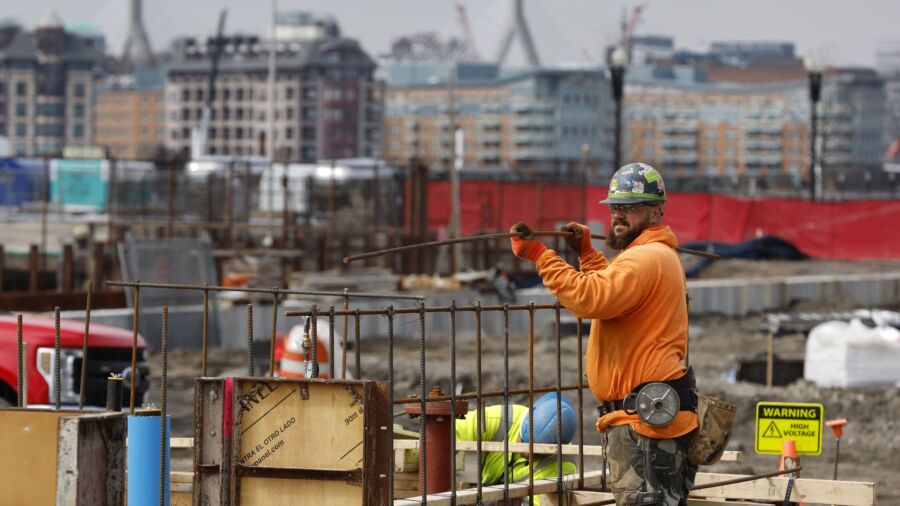A recent study from the Brookings institute analyzed the remaining shortfall in U.S. labor participation since the COVID-19 pandemic and its causes.
The study, called “Where Are the Missing Workers?” shows that, during the first two months of the pandemic, labor force participation (the percentage of people working or looking for work) plummeted from 63 to 60 percent in January 2020, representing a steep decline of 8.2 million workers.
The number bounced back swiftly to 61.5 percent, halving the drop within a couple of months. The labor force participation continued to recover in the second half of 2021, albeit at a very slow pace.
Since then, however, “participation again appears to have stagnated … at a percentage point below its February 2020 level,” write the authors, Katharine G. Abraham and Lea Rendell of the University of Maryland.
In February 2023, about 62.5 percent of U.S. adults were either working or looking for work, 0.8 percent less compared to February 2020. This accounts for a drop of roughly 2,4 million workers.
As the paper shows, numerous studies had been reporting a declining trend in U.S. labor force participation since 2000, when the participation rate peaked at 67 percent. Taking these trends into account, the study concluded that the labor force participation rate nevertheless sank 0.5 percent (about 1.4 million people) below where it was expected to be.
The authors offered several explanations for the additional decline, namely: government support to households in 2020 and 2021—generous unemployment benefits, economic impact payments, and an expanded child tax credit, making it less urgent for people to find a new job; fear of catching COVID; long-COVID symptoms that make it difficult to work; and changing attitudes towards work-life balance in addition to excess mortality and immigration restrictions associated with the pandemic.
The study points out that COVID-related government support had stopped by the end of 2022. In addition, the fear of catching COVID is now rapidly subsiding.
The authors found it hard to determine the impact of “long COVID,” though they were positive that its impact was “considerably smaller than some previous analyses have suggested.” Their self-admitted “guesstimates” attribute a decline in labor force participation of 0.3 percent (700,000 people) to long-COVID.
When it comes to the post-pandemic shortfall, “participation among adults under age 65 has dropped for those without a college degree but fallen less or even risen among the college educated.”
Notably, average hours worked per week also decreased—by about 36 minutes per person—from January 2020 through the end of 2022. The authors were unable to provide a conclusive explanation for this, but anecdotal evidence compels them to believe that it relates to “a broad-based re-evaluation regarding the balance people wish to strike between their work and personal lives.”
The decline in average working hours computes to an additional labor supply shortfall of another 2.4 million workers.

